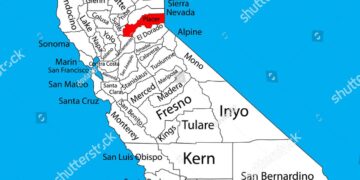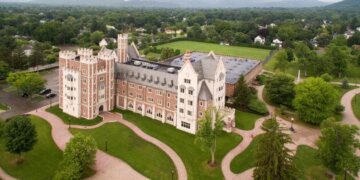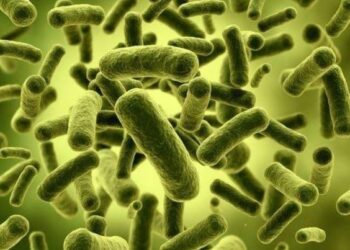In the lush landscapes of Washington State, where the Nooksack River winds its way through verdant valleys and towering peaks, a significant chapter in environmental stewardship is unfolding. The ongoing adjudication process surrounding the Nooksack Water Basin is a critical focal point for residents, policymakers, and environmental advocates alike. With the Washington State Department of Ecology at the helm, recent updates shed light on the intricate balance between water rights, ecological preservation, and community needs. As stakeholders navigate the complexities of water allocation in a region renowned for its natural beauty and biodiversity, understanding the implications of these developments is essential. This article delves into the latest updates on the Nooksack adjudication, exploring the stakes involved and the path forward amidst a landscape of challenge and opportunity.
Nooksack Watershed Challenges and Recent Developments
The Nooksack Watershed faces a variety of challenges that complicate water management and ecological health. As the effects of climate change become increasingly evident, the region is grappling with issues such as diminished snowpack, increased flooding risks, and water quality degradation. These challenges are compounded by population growth and the associated demand for water resources, which have intensified conflicts among various water users, including agricultural, residential, and ecological interests.
Recent developments in adjudication processes have brought some clarity to the ongoing debates over water rights and use within the watershed. The Washington State Department of Ecology has made strides in addressing the legal complexities of water allocations, following a detailed review of existing claims. Key components of this update include:
- Increased Stakeholder Engagement: Collaborative meetings with local tribes, farmers, and conservationists aim to identify sustainable practices.
- Streamlined Legal Processes: Efforts to expedite the resolution of water rights claims have been prioritized to alleviate ongoing tensions.
- Ecological Restoration Projects: Implementation of initiatives to restore critical habitats and improve water quality has been initiated.
To further illustrate the impact of these developments, the following table summarizes recent adjudication results and their implications for stakeholders:
| Stakeholder Group | Water Rights Granted | New Restrictions |
|---|---|---|
| Agricultural Farmers | 75% of claims approved | Usage caps during dry seasons |
| Tribal Nations | Secured historic fishing rights | Restrictions on development near rivers |
| Environmental Groups | Access to restoration funding | N/A |

Ecological Impacts of Water Rights Adjudication
The ongoing adjudication of water rights in the Nooksack watershed carries significant implications for the local ecosystem, emphasizing the need to balance human usage with environmental health. As water allocations are determined, the delicate interplay between water use and natural habitats is exposed, revealing critical dependencies. The decisions made today will affect not just immediate stakeholders but also the long-term viability of this vital region’s biodiversity.
Water rights adjudication can lead to shifts in water availability for agricultural, industrial, and municipal use. Decreased water flow in certain areas may have cascading effects, such as:
- Altered river ecosystems: Reduced flow can change river temperatures and sediment transport, impacting aquatic life.
- Wetland degradation: Wetlands serve as essential buffers and nurseries; diminished water can threaten these habitats.
- Species displacement: Fish populations, such as salmon, may decline or relocate due to altered habitats.
To illustrate the potential ecological impacts, consider the following table, which shows the predicted changes in key ecological indicators as a result of various water allocation scenarios:
| Water Allocation Scenario | Expected Change in Fish Populations | Impact on Wetland Areas |
|---|---|---|
| High Agricultural Demand | Decreased by 30% | Reduced by 20% |
| Balanced Approach | Stable | Minimal Change |
| Enhanced Environmental Protections | Increased by 25% | Increased by 15% |
Ultimately, the are multifaceted and far-reaching. It is crucial for stakeholders, including policymakers, environmentalists, and local communities, to engage in rigorous dialogue and collaborative planning. By prioritizing sustainability and ecological integrity, the Nooksack adjudication process can foster a healthier environment while addressing the legitimate needs of water users across the region.
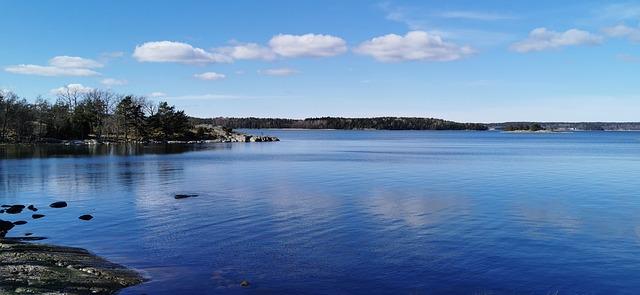
Community Perspectives: Voices from the Nooksack Region
The Nooksack region, rich in cultural heritage and natural beauty, finds itself at a crucial juncture regarding water resource management. Local residents are expressing a palpable mix of optimism and apprehension as discussions about water rights intensify. Community members emphasize the importance of balancing ecological preservation with agricultural needs. Among the varied voices, you will hear heartfelt stories of families who have depended on the river for generations, alongside the farmers who maintain their livelihoods through the stewardship of this vital resource.
Recently, the Washington State Department of Ecology organized a series of meetings aimed at fostering dialogue and transparency in the adjudication process. Participants have reported feeling a sense of unity as they share experiences and concerns. Key topics of discussion include:
- Water allocation fairness: Ensuring equitable access for all user groups.
- Cultural significance: Acknowledging Indigenous rights and perspectives on water sources.
- Environmental sustainability: Addressing impacts on local ecosystems and fish populations.
As updates regarding the adjudication process unfold, the local community’s perspectives will play an integral role in shaping future policies. Informed by grassroots input, the government is tasked with embracing a collaborative approach that prioritizes compromise and mutual respect. To visualize these community contributions, the following table summarizes key insights gathered from neighborhood discussions:
| Community Input | Suggested Actions |
|---|---|
| Promotion of water conservation techniques | Educational campaigns for residents and farmers |
| Protection of fish habitats | Community-based restoration projects |
| Respect for tribal water rights | Facilitating dialogues between agencies and Indigenous leaders |
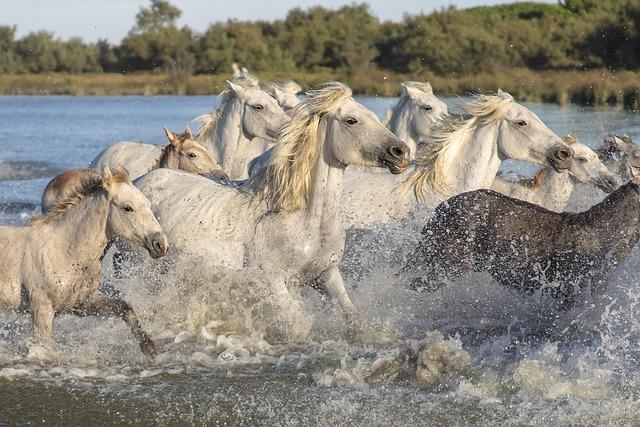
Recommendations for Sustainable Water Management Strategies
Implementing effective water management strategies is crucial for ensuring the sustainability of water resources in the Nooksack watershed. First and foremost, community engagement plays a pivotal role in crafting solutions that resonate with local stakeholders. By actively involving residents, farmers, and businesses, we can cultivate a more profound understanding of water issues and promote shared responsibility. Regularly scheduled workshops and forums can serve as platforms to discuss current challenges and iterate on collaborative solutions.
Another essential strategy is the adoption of innovative water-saving technologies. The integration of modern irrigation systems and water recycling practices can drastically reduce water consumption across agricultural and urban areas. Additionally, promoting the use of drought-resistant crops can further alleviate pressure on water supplies. Local jurisdictions should consider providing incentives for adopting such technologies, thus encouraging a more widespread shift toward sustainable practices.
Lastly, establishing robust monitoring systems to track water quality and availability will enable informed decision-making. Collaborating with scientific institutions to deploy real-time data collection tools can help in identifying trends and responding efficiently. This could include the creation of a centralized water management dashboard accessible to all stakeholders, allowing for greater transparency and timely interventions. By implementing these strategies, we can work towards a harmonious balance between human needs and ecological preservation.
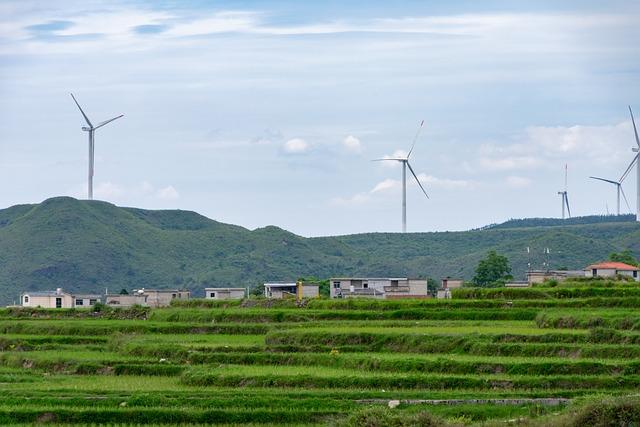
The Way Forward
As the Nooksack adjudication process moves forward, the developments from the Washington State Department of Ecology present a critical juncture in the balance between environmental stewardship and community needs. With various stakeholders awaiting clarity on water rights, the implications of these updates reverberate through both the natural landscape and the lives of the people who depend on it. As we continue to monitor the unfolding narrative, it is essential for all parties involved—tribal nations, local residents, and governmental bodies—to engage in constructive dialogue that honors both heritage and ecological responsibility. The path ahead may be challenging, but it also offers the possibility for collaborative solutions that safeguard the Nooksack River watershed for generations to come. Stay tuned as we keep you updated on this crucial topic, its ramifications, and the collective effort needed to achieve a sustainable future for all.




